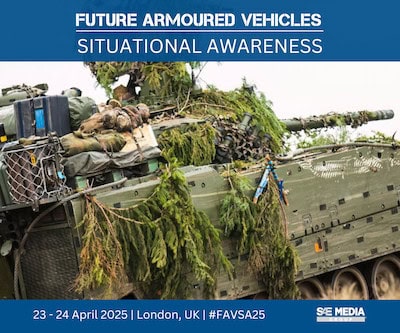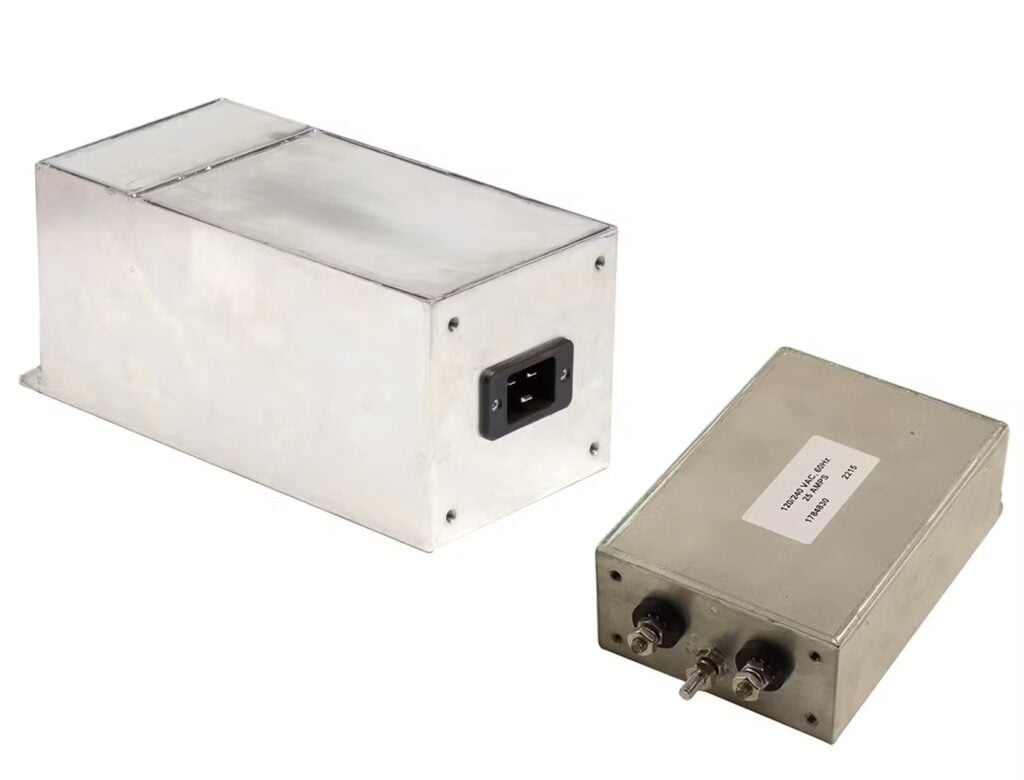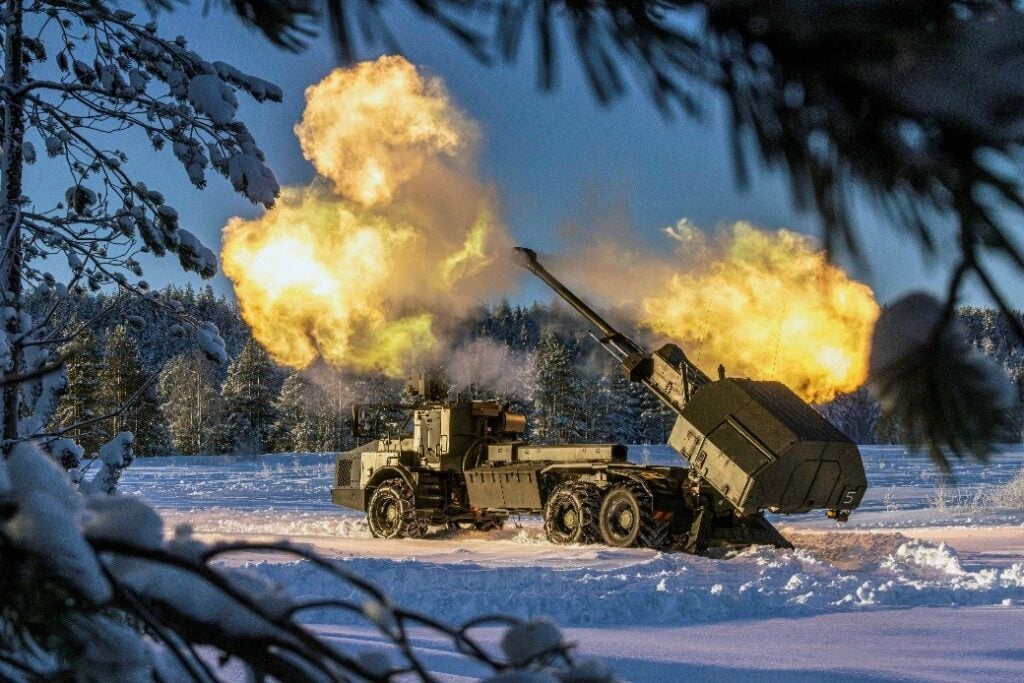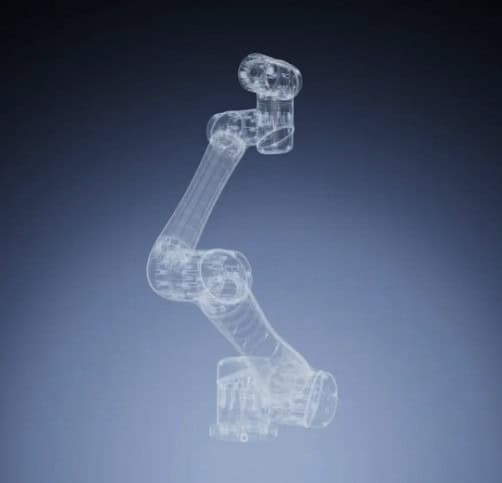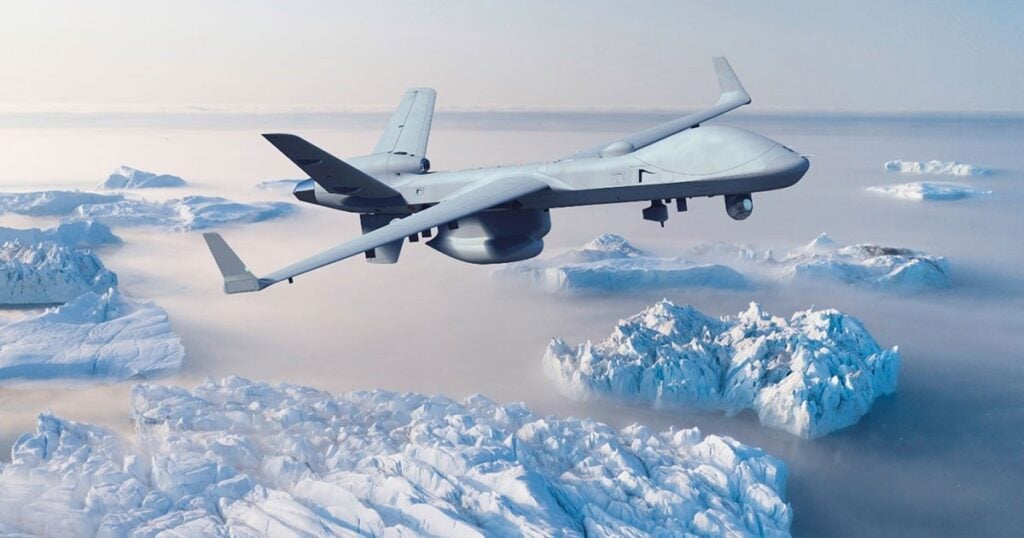
Cargo Drones
Discover cutting-edge solutions from 4 leading global suppliers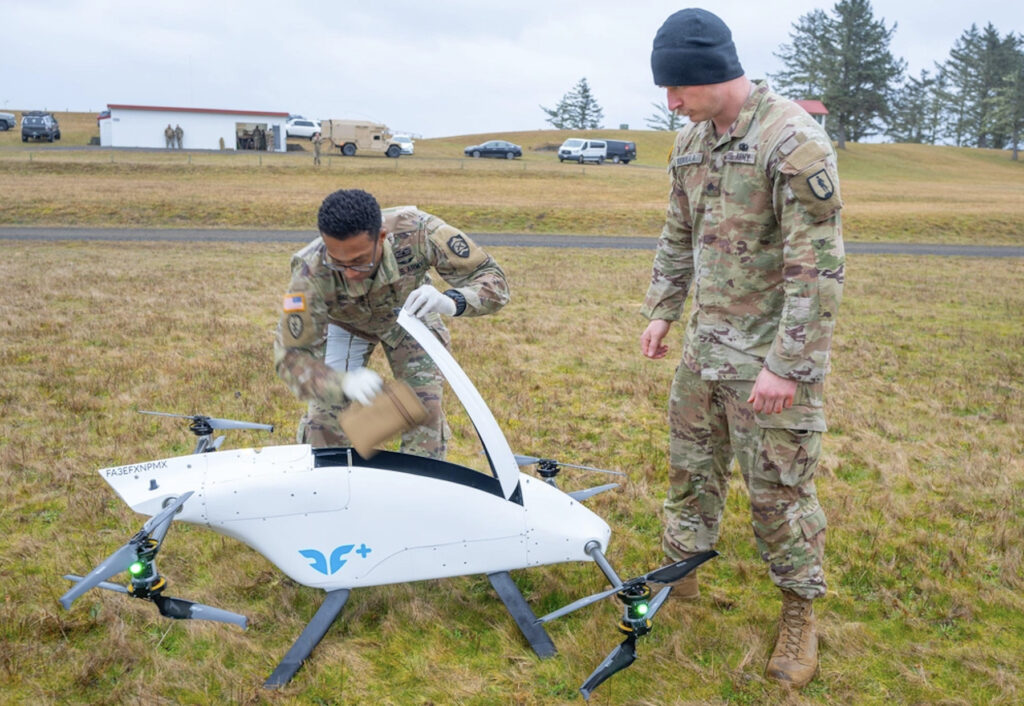
Combat medics with the Oregon National Guard are refining their battlefield medicine skills for large-scale combat operations through training at Camp Rilea, incorporating exercises focused on drone-delivered medical supplies.
The medical detachment of the 249th Regional Training Institute (RTI) conducted its annual 68W Combat Medic sustainment course from January 23rd to 31st. For the first time, the course incorporated unmanned aerial systems (UAS) during the final field training exercise.
The two-week course includes classroom instruction, medical trauma lanes, and testing before culminating in a field training exercise that combines all learned skills. This year’s training featured a partnership with Legionair Tactical, utilizing their specialized drones for medical supply delivery.
Travis Petete, co-founder and managing director of Legionair Tactical, commented, “It goes about 40 miles an hour at cruise speed. You can carry about 10 pounds, and it runs roughly about 35 minutes. So you’re going about 25 miles, which allows us to deliver medical supplies wherever they’re needed in the field.”
The training incorporated TacMed Simulation’s Whole Body Simulator HEMOSTATIC-PB, an advanced casualty simulator that provides real-time feedback on medical interventions. The remote-controlled simulator features realistic breathing, pulse points, and arterial bleeding, allowing instructors to create high-fidelity trauma scenarios.
Combat medics are required to recertify every two years, making realistic training crucial for maintaining life-saving skills. The course begins with fundamental medical principles before progressing to more complex scenarios.
Course instructors create high-stress scenarios that mirror battlefield conditions, challenging medics to make critical decisions under pressure. The training emphasizes the importance of adaptability and resourcefulness in challenging environments where traditional medical evacuation methods may be compromised.
The military is shifting its focus towards preparing for near-peer conflicts, where immediate medical evacuation may not be feasible. This shift has prompted changes in medical training, including the incorporation of drone technology for medical delivery. This innovative approach represents an effort to adapt to new challenges in battlefield medicine.
Through the partnership with Legionair Tactical, the Oregon National Guard is exploring new technologies that can enhance medical capabilities on future battlefields. As military medicine continues to evolve, the integration of unmanned systems may become increasingly crucial for saving lives in combat situations.
The program also focuses on building team cohesion, as successful casualty care in tactical environments requires a coordinated effort. When asked about the qualities needed in combat medicine, Sgt. 1st Class John Lee emphasized problem-solving abilities and teamwork.
Sgt. 1st Class John Lee, NCOIC at the 249th RTI medical detachment, stated, “We’re transitioning from the way we did combat in the global war on terror. We’re not going to always have medevac one hour away. We might have to travel to it or use ground transport to get to an ambulance exchange point before we can get the casualty to a higher level of care.
“We start at the basic level and work our way back up, improving their skills. There’s no telling how much hands-on medicine they might have done in those two years, so we need to knock the rust off. We train as we fight. The medics need to deal with the consequences of their decisions in real-time. If they make mistakes, it might cause further harm to the casualty, and they need to fix it. These are people that aren’t going to shy away from a fight. They’re going to step up and get the job done, no matter what.”






